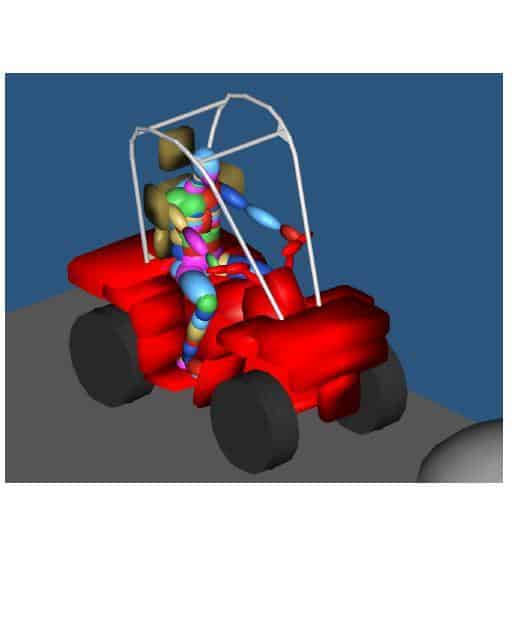Good OHS thinking and practice are being slowly asphyxiated. By far most suggestions by workers, unions or good consultants for Health & Safety improvements are ‘choked’ by management naysayers and bureaucrats more in touch with their current minister’s moods than workplace reality. Not choked immediately or blatantly. In fact, that person may be patted on the back and encouraged to raise more OHS matters, “Yes, mate, good! Tell us what else we’re doing wrong, very very helpful. You just keep on telling us”…….. And slowly any significant discussion about OHS problems is suppressed and killed.
 The majority of workers in Australia work in small workplaces where (typically) practical OHS programs are regarded by managers as a nuisance, a bit of ‘over-the-top’ nonsense that slows down productivity. It’s regarded as an irritant of fashion that will pass, like the fashion-related, politically correct things to say. Continue reading “The Asphyxiation of OHS”
The majority of workers in Australia work in small workplaces where (typically) practical OHS programs are regarded by managers as a nuisance, a bit of ‘over-the-top’ nonsense that slows down productivity. It’s regarded as an irritant of fashion that will pass, like the fashion-related, politically correct things to say. Continue reading “The Asphyxiation of OHS”



 SafetyAtWorkBlog has been following the discussions about
SafetyAtWorkBlog has been following the discussions about